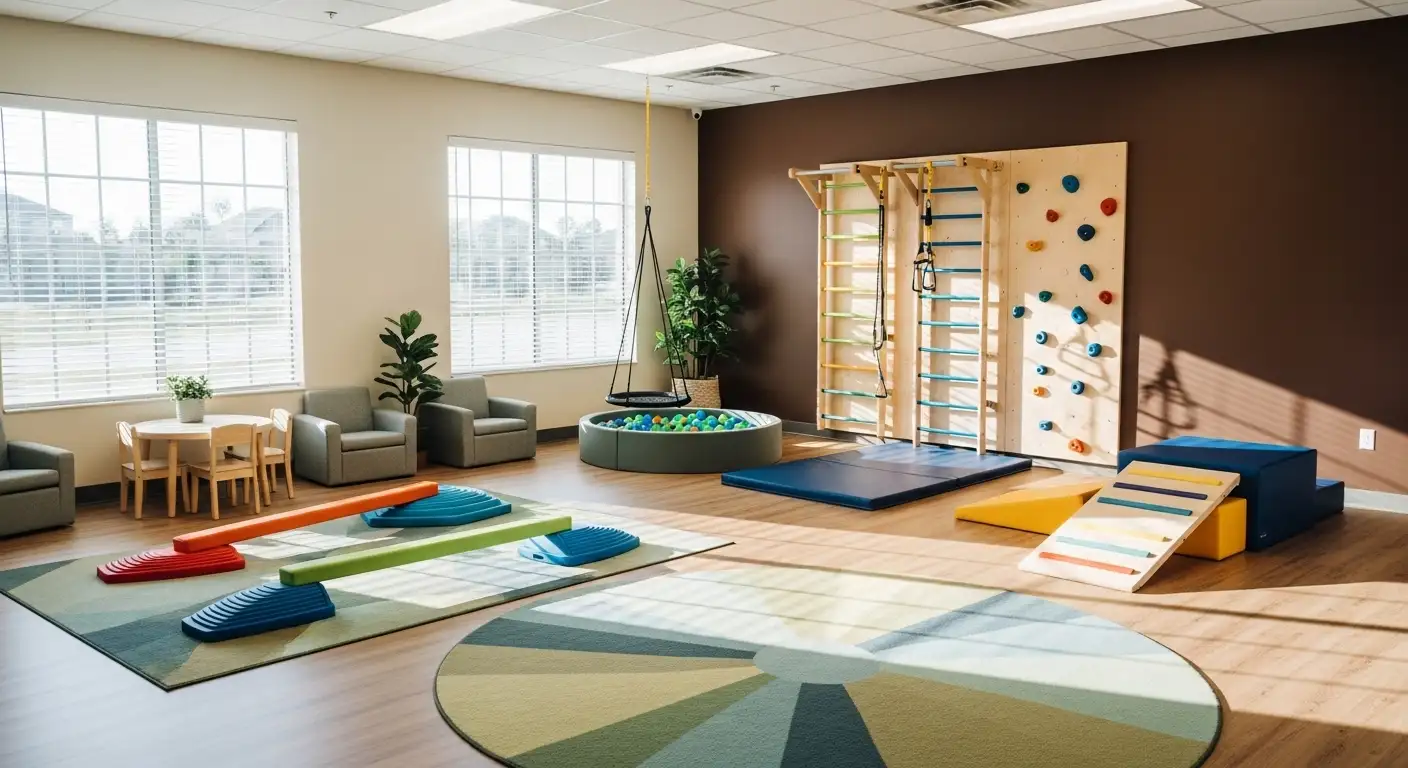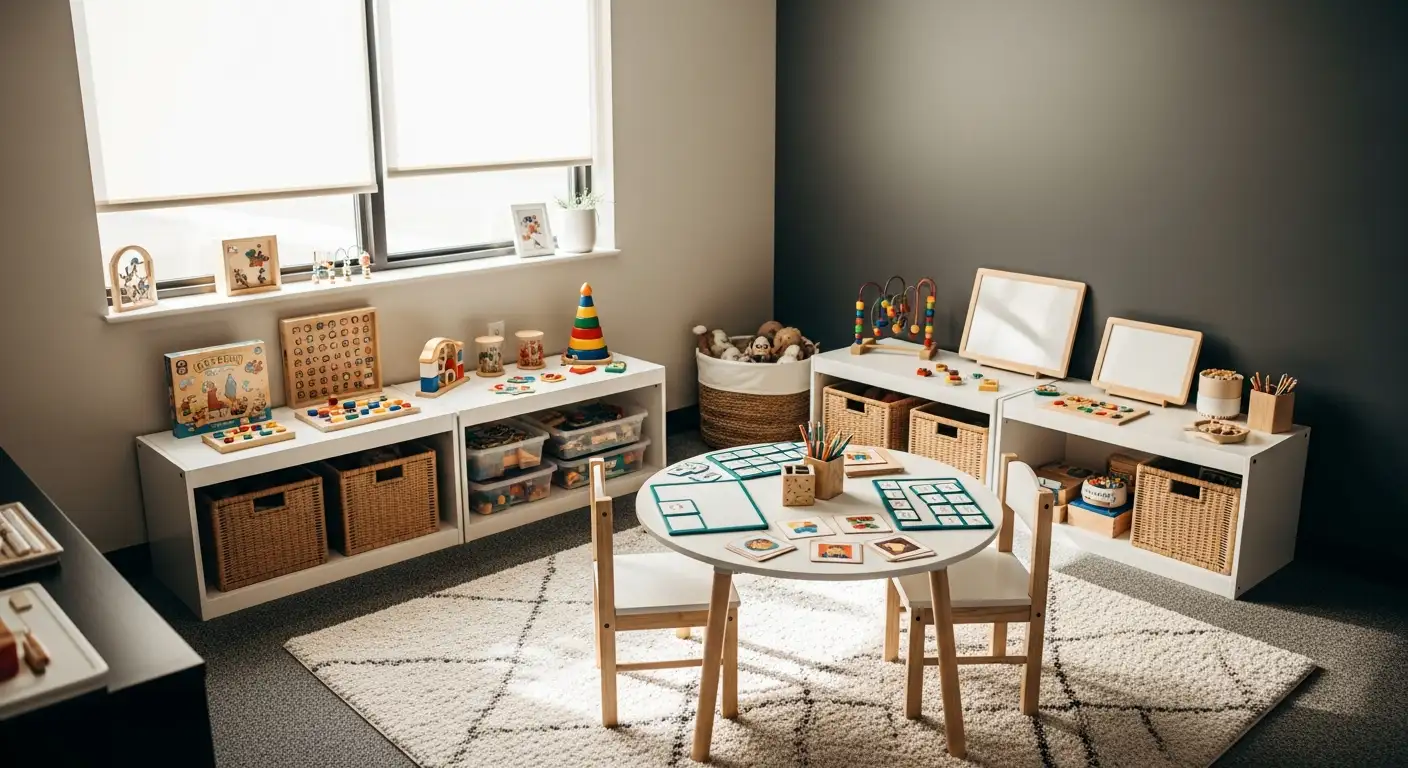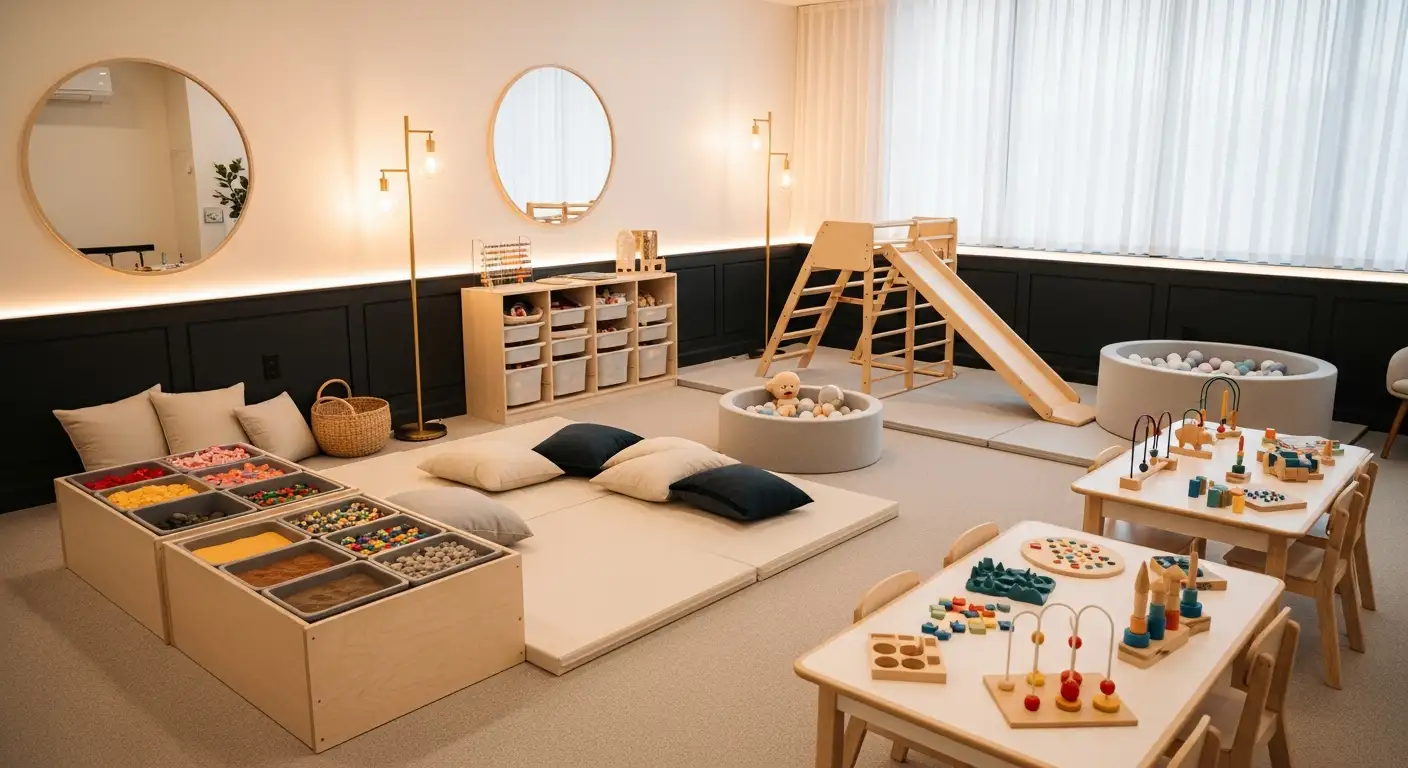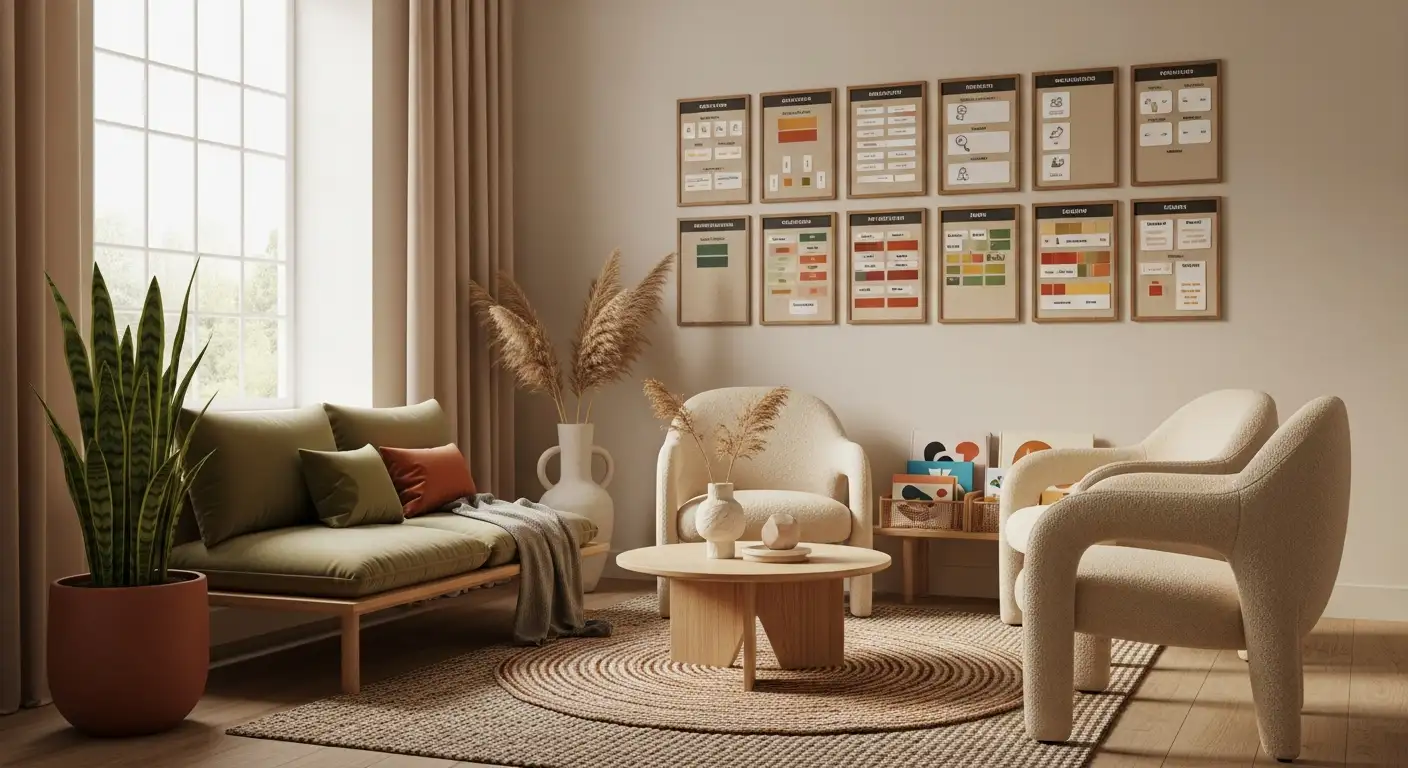How Physical Therapy Helps Children Build Core Strength


Unlocking Potential Through Pediatric Physical Therapy
Physical therapy plays a vital role in supporting children's growth, particularly in developing core strength and essential motor skills. Through personalized, engaging, and developmentally appropriate activities, pediatric physical therapy empowers children to overcome physical challenges, improve coordination, and gain greater independence in daily life.
Understanding Pediatric Physical Therapy and Its Core Objectives

What is Pediatric Physical Therapy?
Pediatric physical therapy is a specialized branch of physical therapy that focuses on diagnosing, treating, and managing physical impairments and developmental delays in children — from infancy through adolescence. It caters to young individuals who face challenges in physical movement and development.
Who Benefits from Pediatric Physical Therapy?
This therapy supports children across a wide age range, from newborns to teenagers. It is particularly beneficial for those experiencing conditions such as congenital disorders, developmental delays, and injuries that affect their physical capabilities.
What Are the Goals of Pediatric Physical Therapy?
The main goal is to help children achieve their maximum potential for functional independence and active participation in daily activities. This includes improving strength, coordination, balance, and overall physical function to support a child’s growth and development.
What Conditions Does Pediatric Physical Therapy Address?
Physical therapy for children addresses a variety of conditions such as:
- Congenital disorders (present at birth)
- Developmental delays (slower progression in motor skills)
- Injuries or physical challenges The therapy customizes treatment plans to each child’s unique needs, ensuring optimal support for their physical development.
The Importance of Core Strength in Children's Physical Development

Role of Core Muscles in Posture and Balance
Core muscles, including the abdominals, back muscles, and pelvic muscles, form the foundation for good posture and balance in children. These muscles stabilize the spine and pelvis, helping children maintain an upright position during both static activities and dynamic movements. Without sufficient core strength, children may struggle with balance and endurance during everyday tasks.
Core Strength's Impact on Gross Motor Skills
Strong core muscles are essential for gross motor activities such as running, jumping, and climbing. These large-body movements require stability and coordination that originate from the core. Engaging in play-based activities like jumping on soft mats, climbing stairs, and navigating obstacle courses helps children build core and leg strength. This, in turn, improves their coordination and balance, making it easier for children to participate confidently in physical play.
How Core Strength Supports Fine Motor Control and Coordination
While fine motor skills primarily involve hand and finger movements, core strength indirectly supports these skills by providing postural stability. When a child has a strong core, they can sit or stand with better control, allowing their arms and hands to move more freely and precisely. Consequently, activities like handwriting, dressing, and manipulating small objects become easier and more effective with robust core development.
Personalized Therapy Plans: Tailoring Activities to Build Strength and Coordination
How Are Movement Patterns and Muscle Strength Assessed?
Pediatric physical therapists begin with a thorough assessment and evaluation of a child's movement patterns and muscle strength. This step identifies areas of weakness or developmental delay and sets the foundation for a customized therapy plan.
What Does an Individualized Treatment Plan Involve?
Based on these evaluations, therapists develop individualized treatment plans that focus on each child's specific needs. These plans aim to strengthen weak muscles, improve coordination, and enhance functional abilities, ensuring progress is tailored and effective.
How Are Therapeutic Exercises and Play-Based Activities Used?
Therapeutic exercises are combined with engaging, play-based activities to keep children motivated and involved. Incorporating fun into therapy encourages active participation and supports motor skill development in a natural way.
What Are Some Examples of Strengthening Activities?
Activities to build core and leg muscles include:
- Jumping on soft mats
- Climbing stairs or steps
- Navigating obstacle courses These exercises improve coordination, balance, and overall strength, helping children with gross motor skill development.
What Targeted Therapy Activities Enhance Hand Strength and Coordination?
To develop fine motor skills, therapists use specialized tasks such as:
- Manipulating therapy putty
- Squeezing stress balls
- Engaging in art-based activities These targeted exercises enhance hand strength, finger coordination, and precision needed for daily tasks like writing and dressing.
Personalized pediatric physical therapy combines assessment, tailored plans, and fun, purposeful activities to build strength and coordination. This approach empowers children to reach their physical potential and supports their confidence in everyday movement.
Play-Based and Engaging Approaches to Strengthening Core Muscles
Incorporating Fun and Developmentally Appropriate Activities
Physical therapy for children thrives when activities are fun and suited to the child's developmental stage. These engaging methods encourage participation and make therapy less of a chore and more of an enjoyable experience.
Using Play to Build Strength
Activities such as jumping on soft mats, climbing stairs, and navigating obstacle courses are commonly used play-based techniques. These activities promote building core and leg muscle strength while allowing children to explore movement in a playful setting.
Improving Coordination and Balance Through Play
By incorporating these playful exercises, children naturally enhance their coordination and balance. The challenge and variety inherent in obstacle courses and climbing tasks stimulate motor planning and control, fundamental components of physical development.
Benefits of Engaging Therapy Exercises
Engaging children with playful and tailored exercises boosts their confidence and motivation. This not only supports physical gains like improved muscle strength and balance but also fosters a positive attitude toward therapy.
These play-based approaches demonstrate how physical therapy can effectively blend therapeutic goals with fun, making movement improvement an exciting adventure for children.
Early Intervention and Its Impact on Motor Skill Development

Why Is Early Physical Therapy Important for Children?
Starting physical therapy early in childhood is crucial for addressing developmental delays and physical impairments promptly. Early intervention helps children develop strength and coordination before significant delays worsen, enabling them to participate more confidently in daily activities and play.
How Does Early Therapy Improve Motor Skills?
Physical therapy supports the development of both gross motor skills, such as running, jumping, and climbing, and fine motor skills, like grasping objects and handwriting. Activities designed to strengthen core and leg muscles—such as jumping on soft mats and climbing steps—boost coordination and balance. Meanwhile, targeted tasks using therapy putty or stress balls enhance hand strength and finger precision, aiding fine motor control.
What Benefits Beyond Motor Skills Can Therapy Provide?
Beyond improving motor abilities, early intervention with physical therapy offers pain relief and promotes better posture and alignment. It can prevent secondary conditions that arise from compensatory movements or muscle imbalances. These outcomes contribute to a child’s overall physical health and facilitate reaching important developmental milestones.
How Does Therapy Affect Daily Life and Confidence?
Engaging, fun, and developmentally appropriate therapy activities help children build foundational physical skills while fostering confidence. Personalized treatment plans focus on strengthening weak muscles and improving coordination, empowering children to participate more fully in everyday tasks and social play. This increased independence positively influences their quality of life and long-term physical function.
Long-Term Benefits of Pediatric Physical Therapy on Children’s Quality of Life

How Does Pediatric Physical Therapy Improve Mobility and Physical Function?
Pediatric physical therapy plays a crucial role in enhancing a child's mobility and overall physical function. Through personalized treatment plans that focus on strengthening weak muscles and improving coordination, children can develop better balance, coordination, and muscle strength. Activities like jumping on soft mats, climbing steps, and obstacle courses are not only fun but promote gross motor skills such as running, jumping, and climbing.
In What Ways Does Therapy Increase Independence and Endurance?
By building core and leg muscles and targeting fine motor skills like grasping and handwriting, pediatric therapy enables children to perform daily activities more confidently and independently. Enhanced strength and endurance lead to improved participation in play and school tasks. Furthermore, therapeutic exercises help children build the stamina needed for sustained physical activity, contributing to their long-term independence.
How Does Therapy Support Developmental Milestones?
Early intervention through pediatric physical therapy significantly supports the achievement of important developmental milestones. Targeted activities such as using therapy putty and squeezing stress balls improve hand strength and finger coordination, which are vital for tasks like dressing and writing. This tailored approach helps manage physical impairments and developmental delays from infancy through adolescence.
How Is Overall Quality of Life Enhanced Through Therapy?
Physical therapy enhances children’s quality of life by improving posture, providing pain relief, and preventing secondary conditions. Strengthening the core and motor skills supports functional independence, enabling children to participate more fully in everyday activities and social play. Engaging, developmentally appropriate therapeutic activities make the process enjoyable, fostering motivation and long-term benefits in physical and psychosocial well-being.
Empowering Children Through Core Strength Development
Physical therapy is a transformative resource that helps children build core strength, improve coordination, and overcome physical challenges. Through personalized and engaging therapy plans, children achieve greater functional independence and confidence, setting the foundation for a healthier and more active life. Investing in pediatric physical therapy early lays the groundwork for enhanced motor skills and overall well-being, unlocking each child's fullest potential.
References
Recent articles

Expressive Speech Delay 2-Year-Old
Understanding and Addressing Expressive Speech Delay in Toddlers

How Speech Recognition Works
Unlocking the Power of Speech Recognition in Therapy and Healthcare

Autism and Head Size
Understanding the Complex Relationship Between Autism and Head Size

Occupational Therapy in Autism
Enhancing Independence and Quality of Life Through Occupational Therapy in Autism

Do Autistic People Understand Sarcasm?
Navigating the Nuances: Understanding Sarcasm and Social Communication in Autism

Autism Routines
Crafting Effective Daily Structures for Children with Autism

